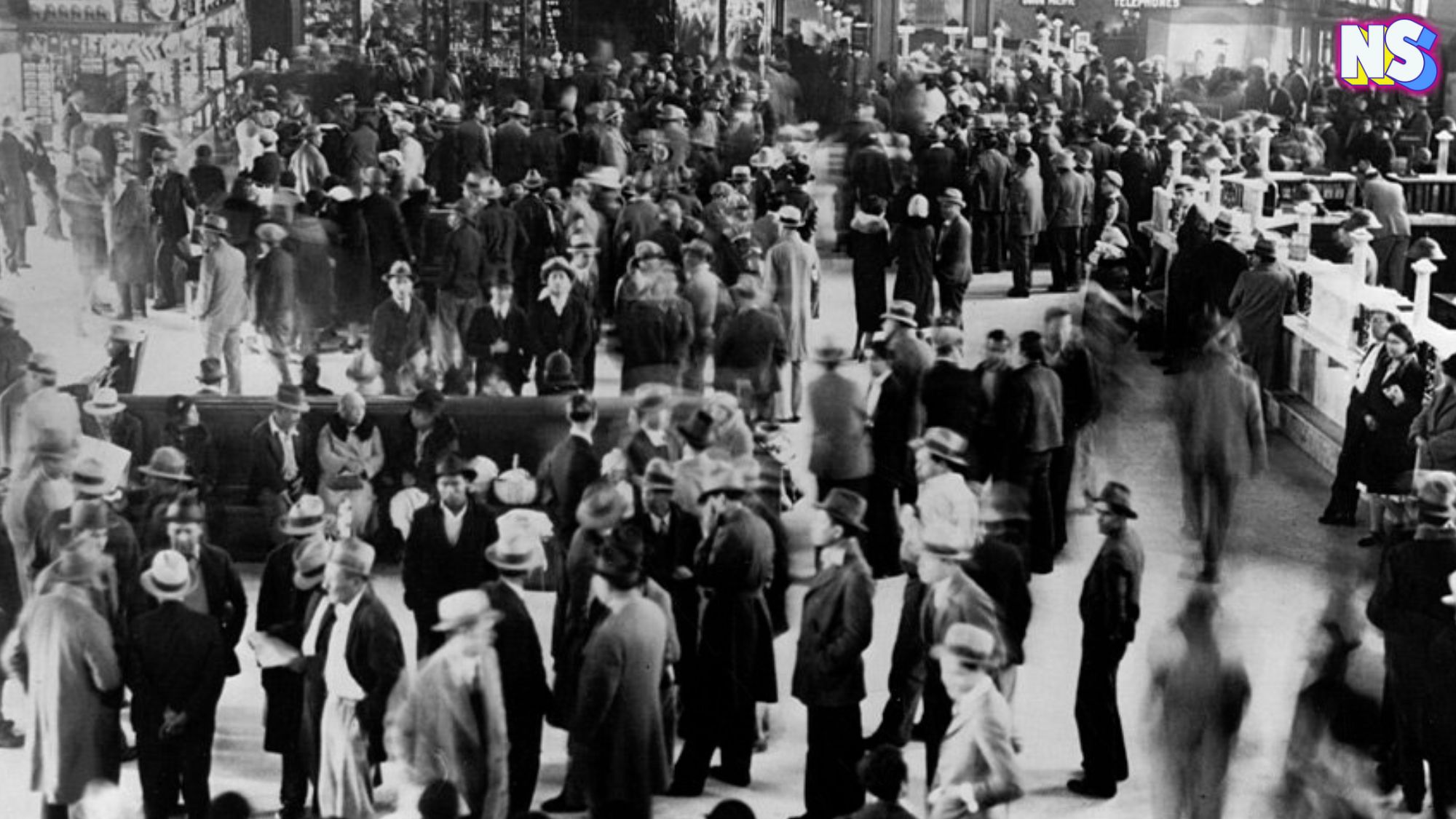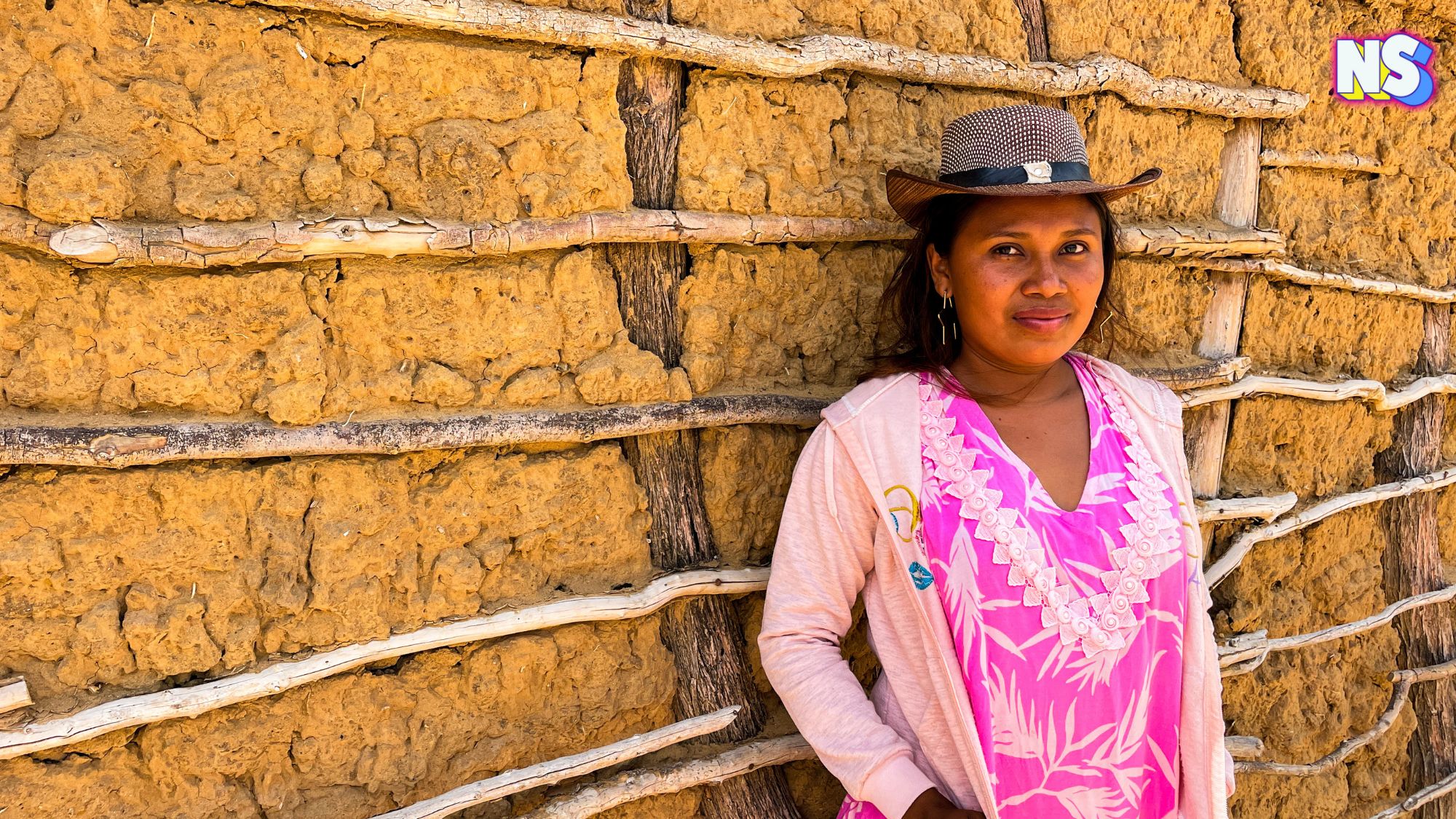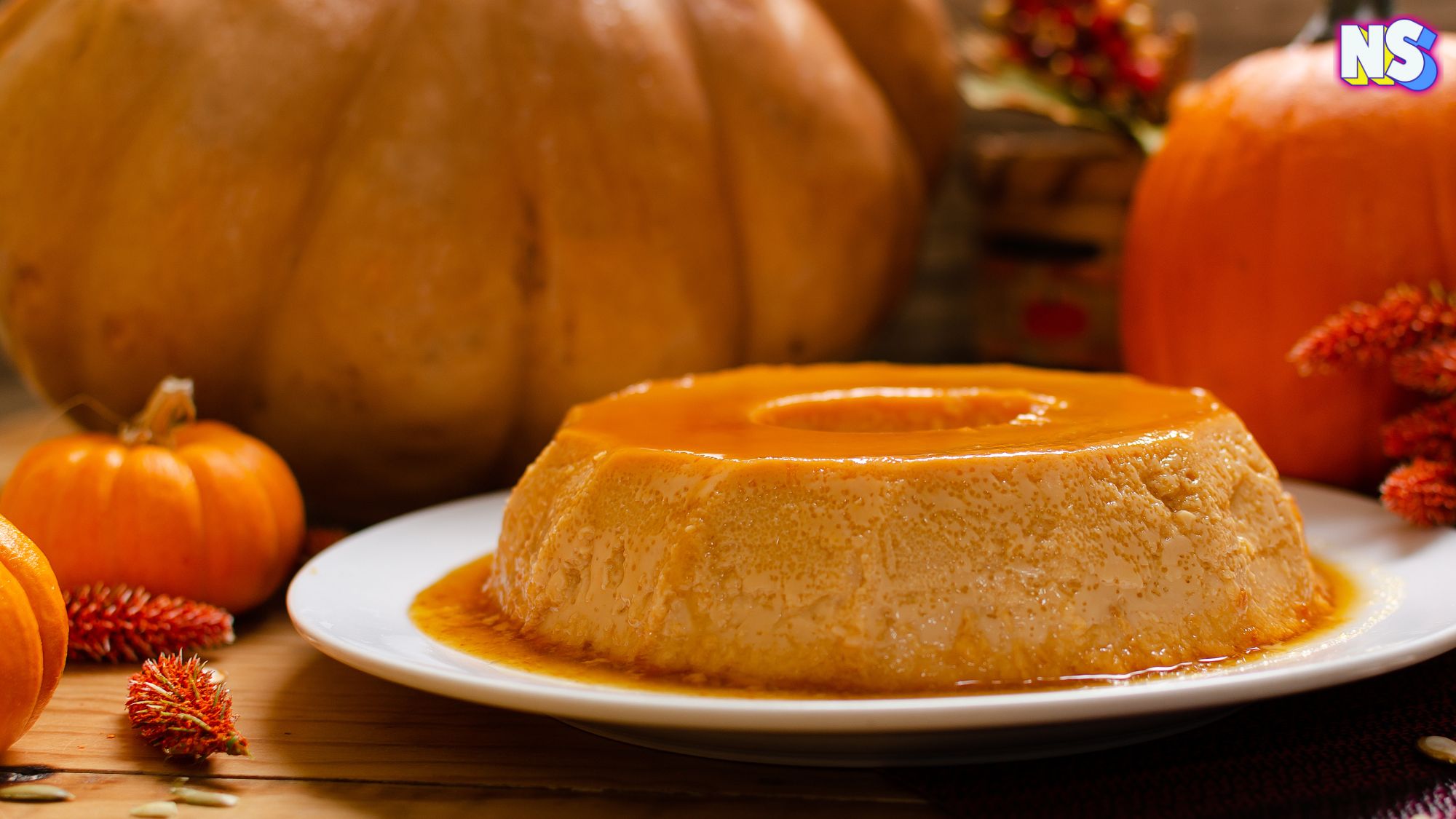Lightweight. Breathable. Stylish.
Those are just a few accurate words to describe the Panama hat. Plus, as any hat historian will attest, this hand-woven hat is the undisputed icon of tropical style. But whatever you do, don't say it's Panamanian. That would be wrong.
The trendy tropical hat that is known worldwide as the Panama Hat is actually a product of Ecuador. And it always has been.
Why is Panama getting all the credit for a hat produced in a South American country for hundreds of years?
Some believe a United State President is to blame, or thank – which leads us into an international, multi-generational, deep dive into the Panama Hat's origin story.
The Panama Hat's Ecuadorian Roots
The Panama hat is a type of traditional brimmed hat that has been commonly, and mistakenly, associated with the Latin American country of Panama for over a century.
Despite its name suggesting its roots in Panama, an authentic Panama hat is handwoven from the straw of the toquilla palm plant, or Carludovica palmata, that is native to Ecuador.
Did you know?
In 2012, the traditional art of weaving of toquilla hats, aka Panama hats, (as practiced in Ecuador) was included in the UNESCO Intangible Cultural Heritage Lists. (Source: Conde Nast Traveler India.)
Before they even got their common namesake, the Panama hat's predecessors could be found in Ecuador for hundreds of years. Locals in the country that is now known as Ecuador first made headdresses from the toquilla plant because of the straw's durability and flexibility.
According to the “More than a Canal: a History of the Panama Hat” documentary by the HatHistorian's Jean- Charles Foyer, when the Spanish conquistadors arrived in Ecuador, in the 1500s, they discovered the headdresses with impressive toquilla palm plant straw weaving.
For centuries to follow, the Spanish colonizers became fond of the straw hats, and created fashions to fit their needs (hence the creation of the modern Panama hat). The weaving tradition continued and expanded during the Spanish colonial era, becoming an important part of modern Ecuador's cultural heritage.
Legend has it that the hats gained recognition and popularity in Panama thanks to a savvy Spanish businessman, Manuel Alfaro. In 1835, Alfarro immigrated to Ecuador, from Spain, settling into MonteCristi, Ecuador, to create a hat-making business. 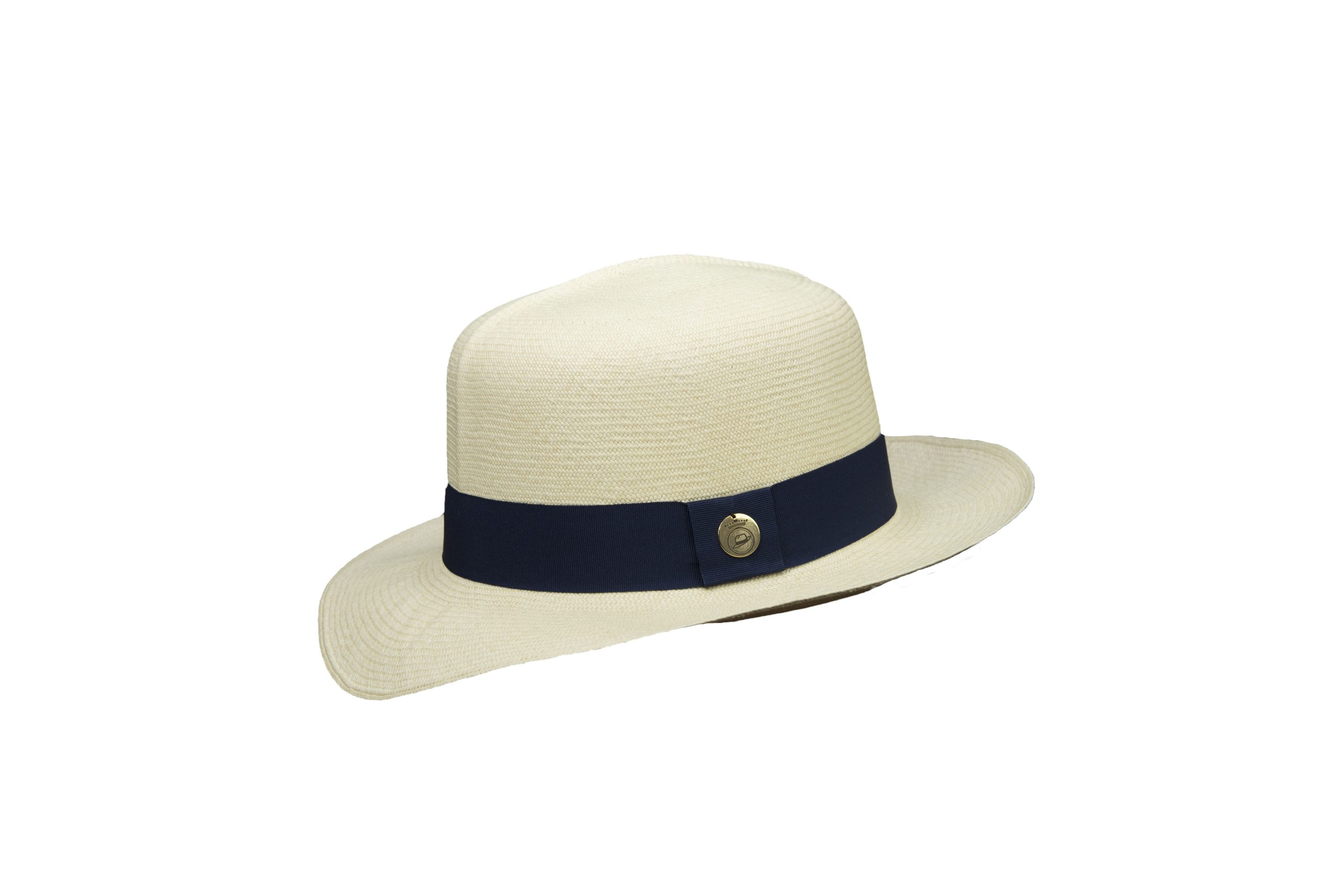
Until then, Foyer explains, “hat-making had been more of an artisanal process, made on a small scale at home.” Alfaro hired many weavers and streamlined the hat-making process to produce higher quantities of hats, like how Henry Ford revolutionized the auto-making industry. (Minus the assembly line.)
Now, in the early 1800s, the toquilla hats were ready for international trade, but Ecuador was not home to a booming port city, so the Spanish entrepreneur hat to get creative with his distribution. Like traders from other countries with goods, Alfaro had his eyes on Panama, the hub for trade all over the world.
Instead of shipping out the hats, he marketed and sold them to travelers and workers who wore them and took them all over the world. Some of the best Ecuadorian straw hat consumers turned out to be American travelers during the Gold Rush, who preferred crossing the country via the Panama Canal than taking a cross country trip through the transcontinental U.S.
When the travelers were asked where they got their hats, the answer was an honest reply: Panama. So the Ecuadorian straw hat was associated with a Central American country which simply sold it.
However, many historians (especially hat historians), believe that the true moment that cemented the “Panama hat” namesake and fashion statement into the minds of many is when U. S. President Theodore Roosevelt traveled to the Panama Canal for an “inspection” in 1906, and was photographed wearing the iconic hat.
Some say it was just for the cameras. Others say he needed the hat for shade from the Panamanian sun. Either way, the famous American made headlines while wearing the light- colored tropical hat in Panama. A “Panama hat,” of course. And this is when, history can almost agree, that the straw hat became popularized as "Panama hats" internationally.
A Real Panama Hat
Panama hats are made to be suitable for warm and sunny climates. The weaving process involves skilled artisans handcrafting the hats, often using a technique called weaving or “toquilla straw weaving.” The straw is carefully prepared, woven, and shaped into various styles and designs.
The finest and most intricate Panama hats can take several months to create, and can cost thousands of dollars.
Today's Panama hats come in different styles, including the classic fedora shape with a creased crown and a wide brim. They can also feature different crown shapes and brim widths to suit individual preferences. The hats are valued for their craftsmanship, durability, and the natural fibers' ability to provide shade while allowing air circulation.
Today, Panama hats are popular worldwide and are worn as fashionable accessories for both men and women. They are often associated with summer and tropical settings, offering protection from the sun while adding a touch of elegance to an outfit.
Authentic Panama hats continue to be produced in Ecuador, particularly in the coastal towns of Montecristi and Cuenca, where the tradition of weaving these hats has been passed down through generations.
The cost of a real Panama hat can vary significantly depending on several factors, including the quality of the straw, the craftsmanship, the style, and the brand. Authentic Panama hats that are handwoven in Ecuador tend to be more expensive due to the labor-intensive process involved in their creation.
It's important to note that the finest and most sought-after Panama hats, such as those made in the town of Montecristi, known for their exceptional quality, can command prices in the upper range. Additionally, branded Panama hats from well-known luxury fashion labels may also be priced higher.
When purchasing a Panama hat, it's recommended to shop from reputable sellers who specialize in authentic Panama hats to ensure the quality and craftsmanship. Their price reflects the skill of the artisans involved in creating these hats and the use of high-quality materials, making them unique and valuable accessories.
The hat connoisseurs in the “Panama Hats – History and Origin” suggest looking in the rim of the hat for information on where the hat is made. And they even demonstrate how to check a hat for authenticity.
According to an article in Conde Nast Traveller, the best Panama hat today is “a true Montecristi 'superfino'” which “can hold water … and … can even pass through a wedding ring once rolled!”
5 Celebrities Who Wore the Panama Hat Best
The Panama Hat made its way into the hands, and onto the heads, of the rich and famous worldwide almost simultaneously as it debuted on a President's head, thanks to the French. In 1855, years before Roosevelt's visit, a Frenchman bought hats in Panama, took them to France, and showcased them at the 1855 World Fair in Paris.
The hats were showcased to Napoleon III and millions of exposition visitors. HatHistorian's Foyer says that the French Emperor expressed a liking toward the hat, and European royals fell in love with it as well – helping spearhead its way into England and Italy's fashion scenes, making the Panama hat the most stylish hat of the day.
To date, it's never lost its stylish popularity around the world – remaining a unisex fashion statement (probably thanks to its association with the tropics). The Panama hat has been worn by numerous celebrities over the years, both for fashion and practical purposes. (Pictured here: Actress Chloe Grace Moretz at the Cannes film festival.)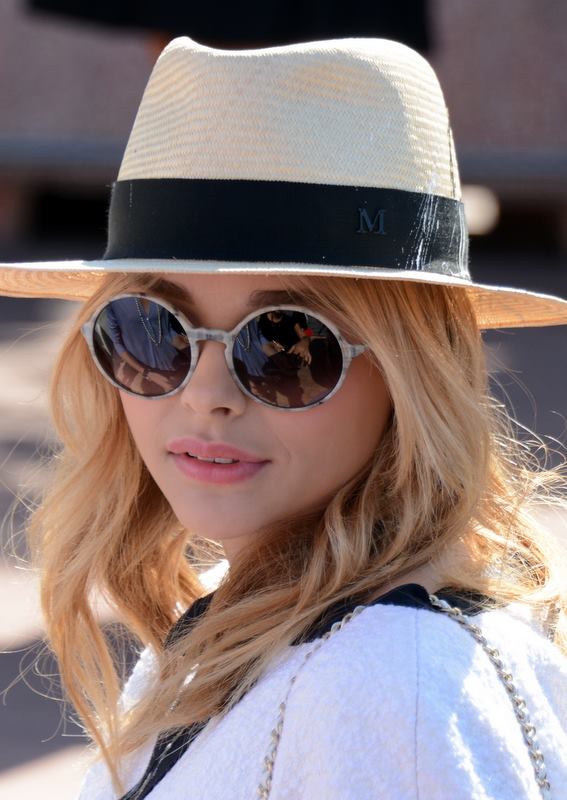
Here are a 5 more VIP examples we love:
1. Humphrey Bogart: The iconic American actor was frequently photographed wearing a Panama hat, contributing to its popularity and association with classic Hollywood style.
2. Paul Newman: The late American actor and philanthropist was occasionally spotted wearing a Panama hat, showcasing his timeless and sophisticated style.
3. Camila Cabello: The singer/actress donned a Black Zuma Straw Cowboy Panama hat for a Hunger Magazine photoshoot. (The cowboy Panama hat sold out.)
4. Johnny Depp: The versatile actor has been photographed wearing Panama hats on various occasions, adding a touch of bohemian flair to his outfits.
5. Cameron Diaz: The actress, known for her many Hollywood hits, has been photographed wearing a Panama hat and a bikini while taking a dip in the pool.



